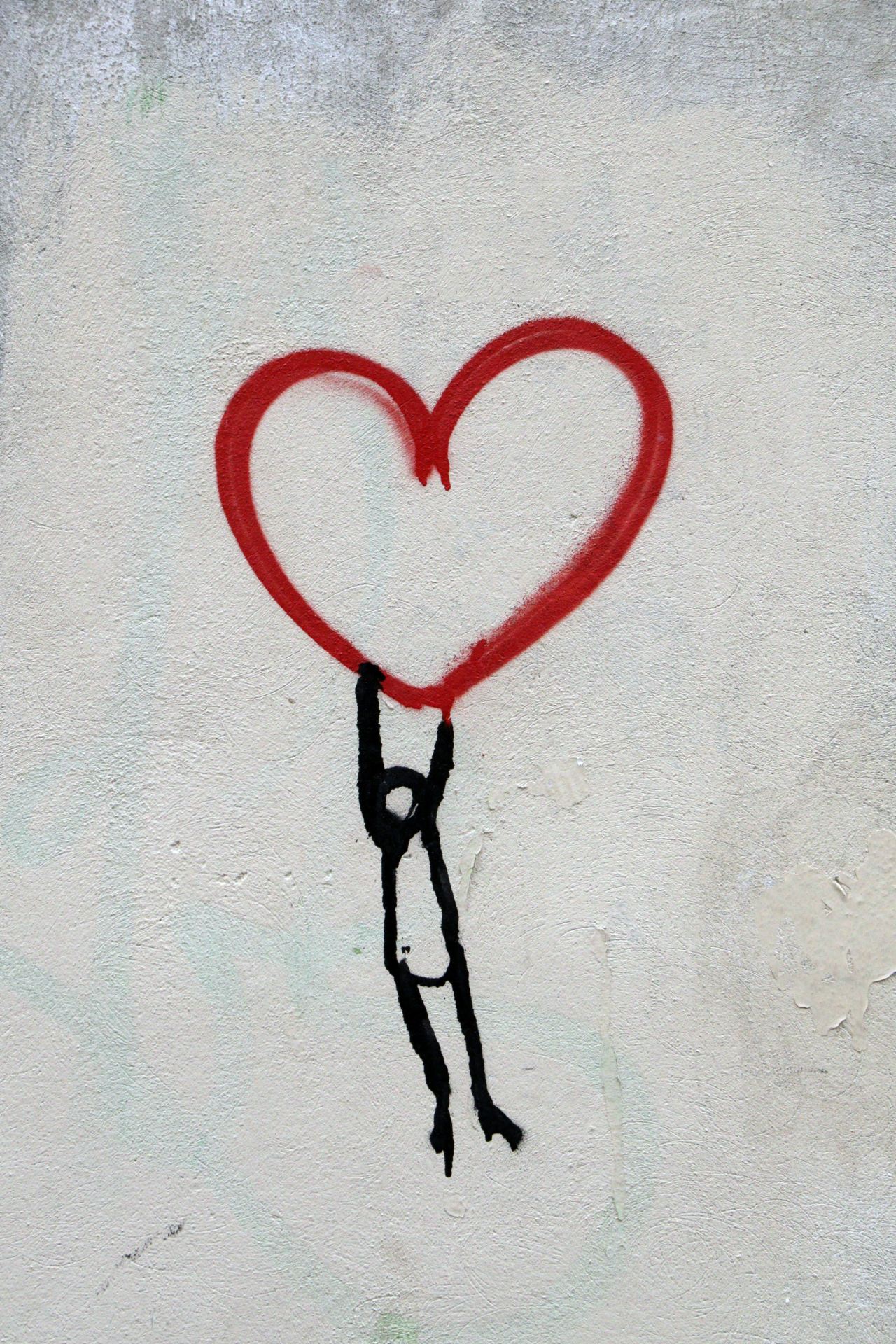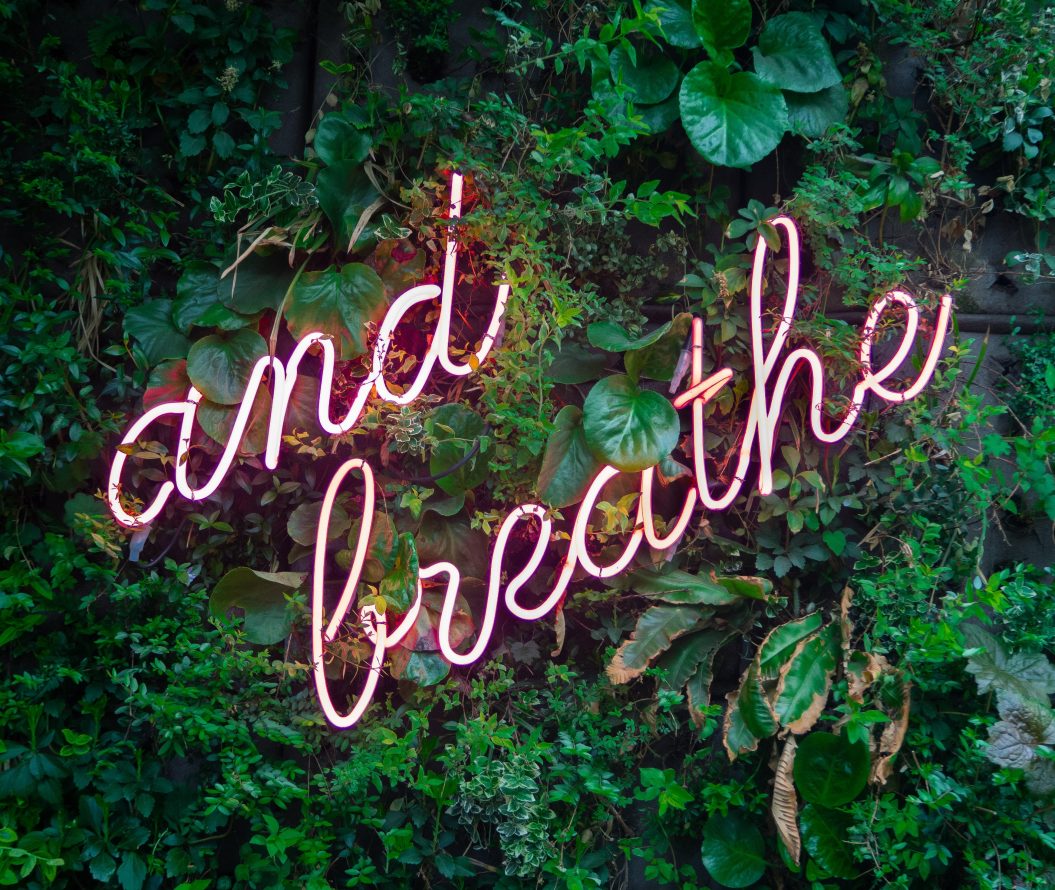Hey! I'm Emma, I'm from Sheffield and I am in my third year studying law here at UoL! I am a huge fan of all animals, a good movie marathon, and cooking all my favourite food. I'm also super lucky…

Not all disabilities and health conditions are visible…
December 3, 2021,
read.
Hidden conditions can be hard for people to understand if it’s something they’ve never had to deal with before. However, they are more common than you might think. According to the Hidden Disabilities Sunflower Scheme Limited (a private organisation based in the UK), ‘globally 1 in 7 of us live with a disability – of those, 80% are invisible. That is 1 billion people who are living with a non-visible disability.

So what actually is a hidden or invisible disability/condition?
It is something that affects an individual in ways that others would physically be unable to see or immediately notice. However, it is something that can significantly affect a person’s everyday life.
A hidden or invisible disability can include many different areas, including things like Crohn’s disease, dyslexia, asthma and autism. The definition also includes symptoms such as dizziness, heart disease, autoimmune disorders, mental health disorders, cognitive disorders, and hearing or vision disorders. This list is not exhaustive, and there are many more conditions that would fit into this category.
You know those seats on buses and trains that are usually labelled something along the lines of ‘priority seating’? – Don’t forget that just because you can’t see someone’s condition, that they cannot sit in one of these seats, allow someone to take your seat if they need it and if you are able to give it up. If it’s you that has a hidden condition, don’t be afraid to ask someone if you can take their seat, and look for help from a member of transport staff if you need to.

This page explains why the sunflower is used as a symbol for hidden disabilities – you may have seen people wearing lanyards with sunflowers on when you’ve been out and about!
What can I do if someone I know has a hidden disability?
- Encourage open conversations – this can be between friends, work collegues, family members or at support groups or organisations etc. – but don’t push someone with an invisible condition if they don’t feel like discussing their health.
- Be open to flexibility – sometimes for people with a hidden condition, it can be difficult to stick to plans if they don’t feel well at the last minute or they may be unable to see a plan the full way through – communicate with the person and allow them to explain how a plan might work in a way that would be better for them.
- Signpost them to professional support if needed – details about all university support services can be found here.
- Sometimes, although it can be hard, you have to accept the fact that you may not be able to understand what the person is going through – sometime all you can do is be accepting and offer your support where you can.




